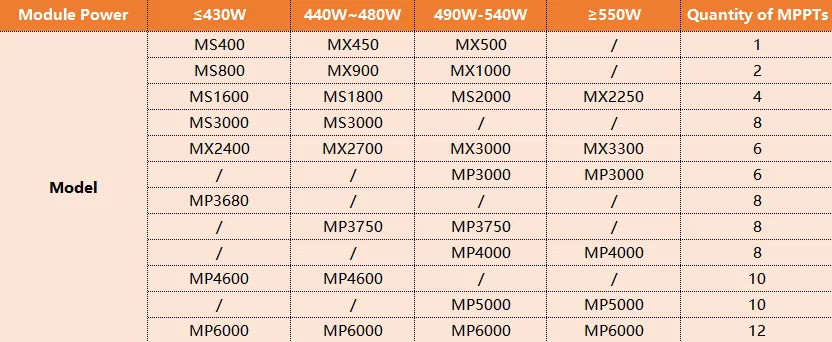When exploring the world of solar energy solutions, one term stands out for its efficiency and innovation microinverter solar systems. As homeowners and businesses worldwide increasingly seek sustainable energy solutions, microinverters have become a vital component in optimizing solar power generation. Offering enhanced performance, safety, and monitoring capabilities, microinverters are reshaping the landscape of photovoltaic (PV) systems.

Microinverters are small, compact devices installed on the back of individual solar panels. Unlike traditional string inverters, which convert the direct current (DC) generated by an entire array into alternating current (AC), microinverters perform this conversion at the panel level. This fundamental difference equips microinverter solar systems with distinct advantages, particularly in terms of efficiency and reliability.
One of the most compelling advantages of microinverter solar systems is their ability to maximize energy harvest even in challenging conditions. In a conventional string inverter setup, the performance of the entire system can be compromised if even a single panel is shaded or underperforming. Microinverters, however, allow each panel to operate independently, ensuring that the output from unaffected panels remains optimal. This independence dramatically improves the overall energy efficiency of the solar array, particularly in areas where shading from trees, chimneys, or other obstructions is unavoidable.

Safety is another critical aspect where microinverter solar systems excel. Traditional solar setups carry high-voltage DC electricity across the array to a centralized inverter, posing a risk during both installation and maintenance. In contrast, microinverters convert DC to AC immediately at each panel, reducing high-voltage risks and making the overall system safer for installation and upkeep. This increased safety is an attractive feature for both residential and commercial users concerned about electrical hazards.
microinverter solar
An additional layer of expertise offered by microinverter systems is enhanced monitoring and diagnostics. Many microinverter systems are integrated with advanced software that provides real-time tracking of each panel's performance. Users can monitor system health, energy production, and identify issues at the module level through user-friendly interfaces on computers or mobile devices. This accessibility allows for quick troubleshooting and maximizes system uptime, offering peace of mind and further reinforcing the system's reliability.
From an authoritativeness perspective, numerous studies and field deployments have confirmed the long-term durability and performance of microinverter systems. Research conducted by leading photovoltaic institutes worldwide has consistently demonstrated the resilience of microinverters in varied climates and their superior energy yield compared to traditional inverter systems. These findings resonate in the commercial sector as well, where businesses with large installations benefit from the reliability and scalability that microinverters provide.
Trustworthiness is inherent in microinverter systems through their proven track records and endorsements by leading solar energy manufacturers. With major brands in the solar industry supporting and developing microinverter technology, users can rely on the continuous innovation and support that these companies provide. Warranty options on microinverters often extend beyond those available for traditional inverters, reflecting confidence in their longevity and performance.
As the demand for sustainable energy continues to rise, microinverter solar systems present a compelling case for both new solar adopters and those looking to upgrade existing installations. Their unique technological advancements not only address efficiency and safety concerns but also provide unmatched reliability and monitoring capabilities. For anyone considering solar power, understanding the benefits of microinverter systems is crucial for making an informed decision, ensuring a future of clean, efficient, and safe renewable energy.
 LEARN DETAILS
LEARN DETAILS



